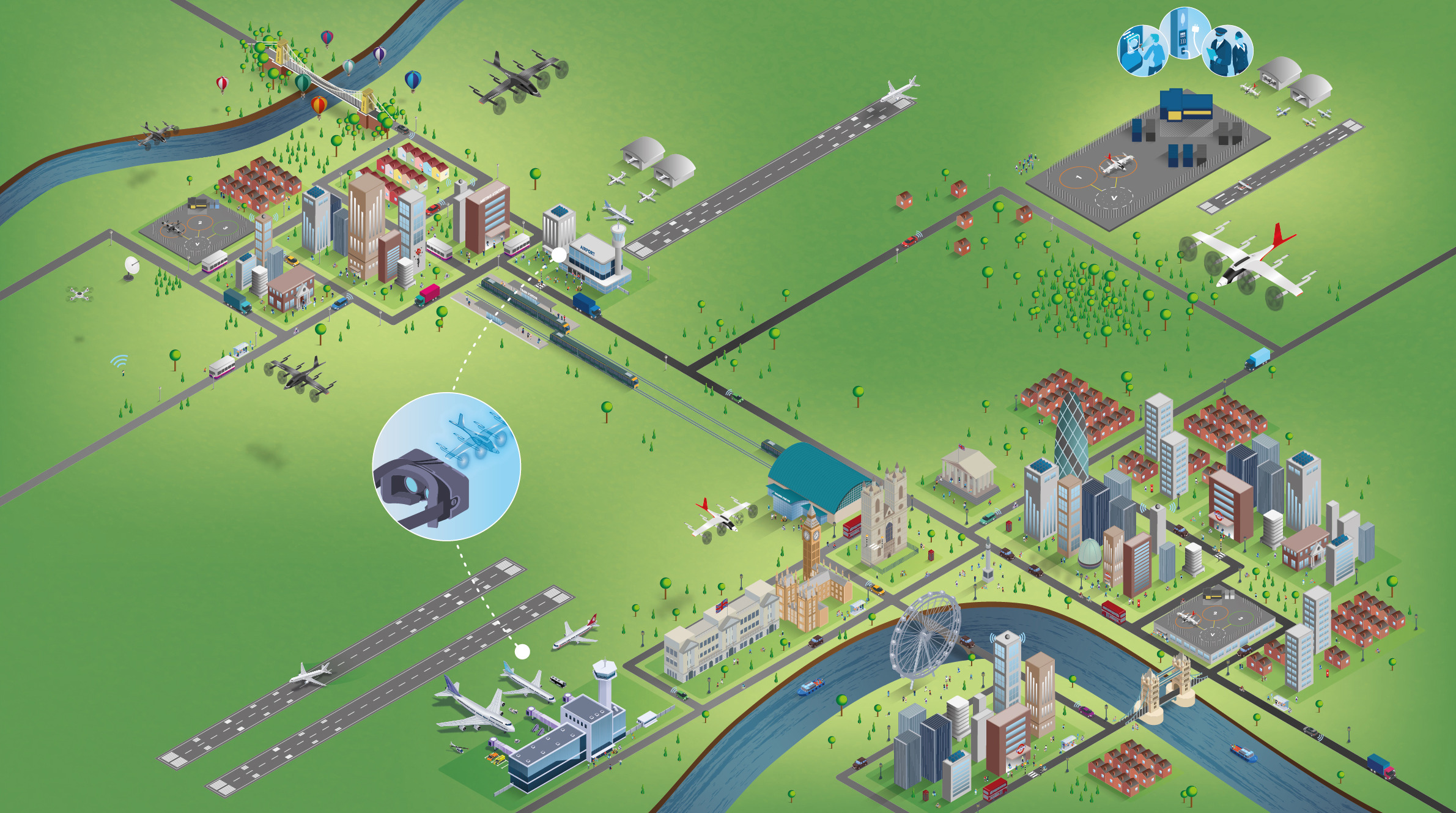Business Book Review: ‘Start with Why: How great leaders inspire everyone to take action’ by Simon Sinek
19/06/2018
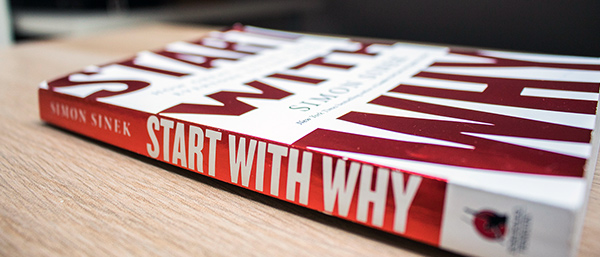
Summarised by Keith Thompson
Introduction
[su_row][su_column size=”2/3″]Why do you do what you do? This is the key question Simon Sinek asks in his bestselling book. In this book, Sinek addresses what many leaders and managers within organisations I think are missing. “Start with Why” addresses what is essentially an organisation’s purpose, why does it exist, what need does it fulfil or what problem does it solve?
Sinek talks about great people such as Martin Luther King, Steve Jobs and the Wright brothers in trying to discover what, in a range of disparate people, made then so successful, innovative and influential.
Sinek became famous or infamous through a 20-minute TED Talk (video below) on the same subject. The TED Talk essentially covers the content of the book. However, the book has many more examples and stories such as Sam Walton of Walmart, Herb Kellerman of South West Airlines and Bill Gates of Microsoft. At the expense of becoming repetitive, all these examples drive home his key point – Start with Why.
[/su_column] [su_column size=”1/3″]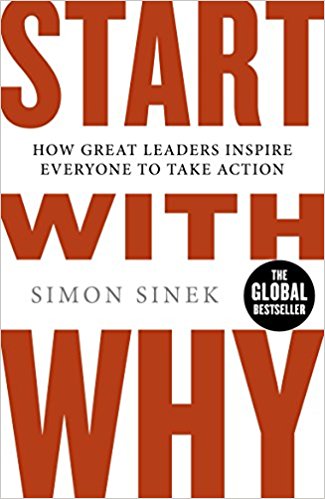 [/su_column][/su_row]
[su_youtube url=”https://youtu.be/hGn1xcZc9yA”]
[/su_column][/su_row]
[su_youtube url=”https://youtu.be/hGn1xcZc9yA”]
The initial parts of the book maintain a remarkable similarity to the TED talk, but the examples in the latter portion show how great leaders change the face of their companies by focusing on “Why”.
Sinek introduces a tool that he has developed called the Golden Circle. This tool effectively centres around Purpose or Why. The Golden Circle is an alternative way of looking at Mission Command / Centralised Intent – subjects of some of our recent blogs.
[su_row][su_column size=”1/2″] The tool can work two ways.Most organisations probably know “What” they do. In parts of those organisations some will know “How” they do it. But very few people in these organisations will know “Why” they do it. So you can eventually get to Why through starting with What and then How.
[/su_column] [su_column size=”1/2″]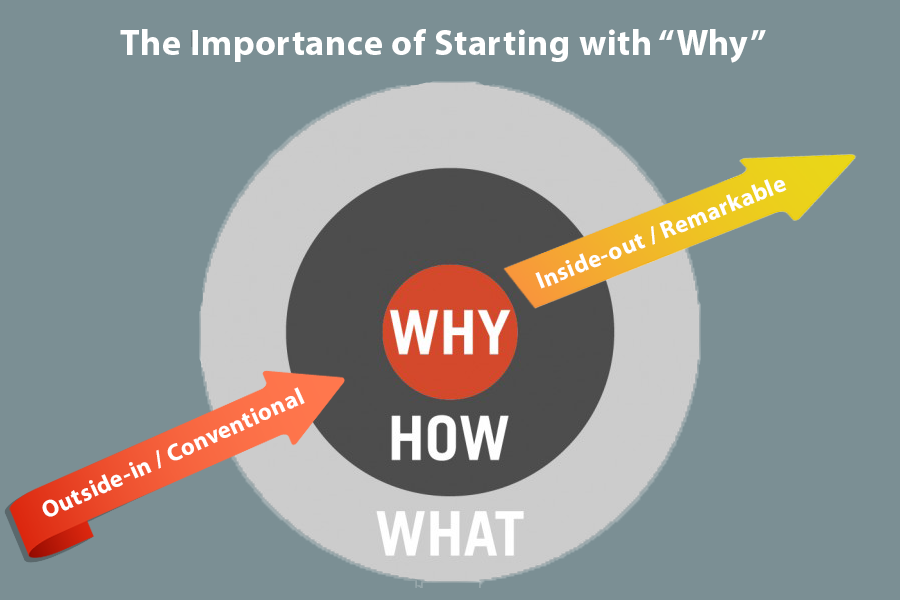
Used the other, and arguably more powerful, way we start with Why we are going to do something. When we know Why, we can then go on to develop How we do something and once we know How we will know What to do maintaining a clear line sight to the Purpose or Why.
[su_youtube url=”https://youtu.be/Wb8KpHqU5tg”]Consisting of 14 chapters, in six effective parts, it is very easy to read in a day or over the weekend. Following on from his book Sinek has written two further books – the second, on a similar theme, entitled “Find your Why” and his third entitled “Leaders Eat Last”
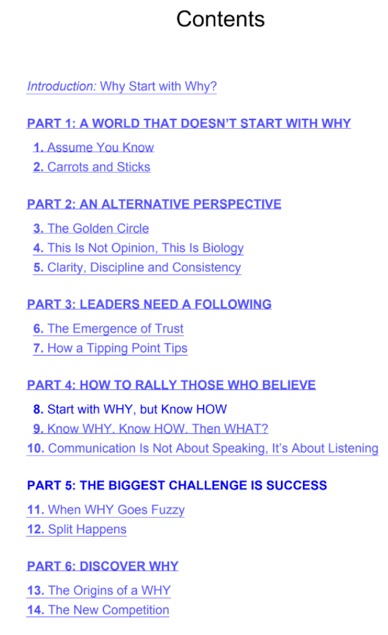
Categories & Tags:
Leave a comment on this post:
You might also like…
Keren Tuv: My Cranfield experience studying Renewable Energy
Hello, my name is Keren, I am from London, UK, and I am studying Renewable Energy MSc. My journey to discovering Cranfield University began when I first decided to return to academia to pursue ...
3D Metal Manufacturing in space: A look into the future
David Rico Sierra, Research Fellow in Additive Manufacturing, was recently involved in an exciting project to manufacture parts using 3D printers in space. Here he reflects on his time working with Airbus in Toulouse… ...
A Legacy of Courage: From India to Britain, Three Generations Find Their Home
My story begins with my grandfather, who plucked up the courage to travel aboard at the age of 22 and start a new life in the UK. I don’t think he would have thought that ...
Cranfield to JLR: mastering mechatronics for a dream career
My name is Jerin Tom, and in 2023 I graduated from Cranfield with an MSc in Automotive Mechatronics. Originally from India, I've always been fascinated by the world of automobiles. Why Cranfield and the ...
Bringing the vision of advanced air mobility closer to reality
Experts at Cranfield University led by Professor Antonios Tsourdos, Head of the Autonomous and Cyber-Physical Systems Centre, are part of the Air Mobility Ecosystem Consortium (AMEC), which aims to demonstrate the commercial and operational ...
Using grey literature in your research: A short guide
As you research and write your thesis, you might come across, or be looking for, ‘grey literature’. This is quite simply material that is either unpublished, or published but not in a commercial form. Types ...
